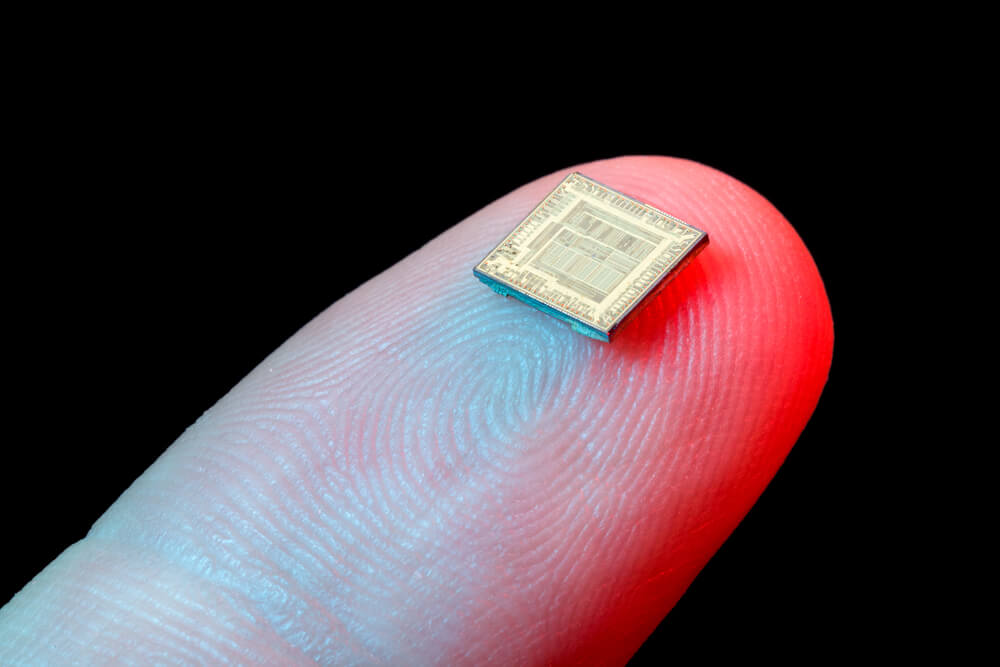
Prickless glucose monitoring is a revolutionary technology that allows people with diabetes to monitor their blood sugar levels without the need for painful finger pricks. This innovative method of monitoring blood glucose levels has the potential to significantly improve the lives of people with diabetes, and it is quickly gaining popularity among healthcare professionals and patients alike.
There are several different approaches to prickless glucose monitoring, each with its own unique advantages and disadvantages. In this blog post, we will explore the different methods of prickless glucose monitoring, how they work, and the potential benefits and drawbacks of each.
One of the most well-known methods of prickless glucose monitoring is through the use of continuous glucose monitors (CGMs). These devices use a small sensor that is inserted just under the skin, typically on the abdomen or upper arm. The sensor continuously measures the glucose levels in the interstitial fluid (the fluid between cells) and sends the data to a wearable device, such as a watch or insulin pump. The wearer can then view their blood sugar levels in real-time and make adjustments to their insulin dosage as needed.
One of the main advantages of CGMs is that they provide continuous monitoring of blood glucose levels, allowing for more accurate and timely adjustments to insulin dosage. They also eliminate the need for frequent finger pricks, which can be painful and inconvenient. However, CGMs are not perfect and do have some limitations. For example, they can be expensive and may require frequent sensor replacements. They may also be less accurate in certain situations, such as during periods of rapid glucose changes or when the sensor becomes dislodged.
Another method of prickless glucose monitoring is through the use of non-invasive sensors, such as sensors that use sweat or saliva to measure glucose levels. These sensors are placed on the skin and use chemical reactions to measure the glucose levels in the fluids they come into contact with. While these sensors are still in the development phase, they hold great promise as a less invasive and potentially more convenient alternative to traditional glucose monitoring methods.
Another promising area of research in prickless glucose monitoring is the use of optical sensors, which use light to measure glucose levels. These sensors can be placed on the skin or worn as a patch, and they work by shining a light through the skin and measuring the amount of light that is absorbed by the blood vessels. This information is then used to calculate the glucose levels in the blood. Optical sensors have the potential to be more accurate and convenient than other prickless glucose monitoring methods, and they may be particularly useful for people with diabetes who have difficulty obtaining sufficient blood samples for traditional glucose monitoring methods.
Prickless glucose monitoring technologies have the potential to significantly improve the lives of people with diabetes. They offer a more convenient and less painful alternative to traditional glucose monitoring methods, and they may allow for more accurate and timely adjustments to insulin dosage. While these technologies are still in the early stages of development, they hold great promise for the future of diabetes management.
In conclusion, prickless glucose monitoring is a rapidly developing field that offers a more convenient and less painful alternative to traditional glucose monitoring methods. While each method has its own unique advantages and disadvantages, all of them hold great promise for improving the lives of people with diabetes. As research and development in this area continues to advance, it is likely that we will see even more innovative and effective prickless glucose monitoring technologies emerge in the future.

